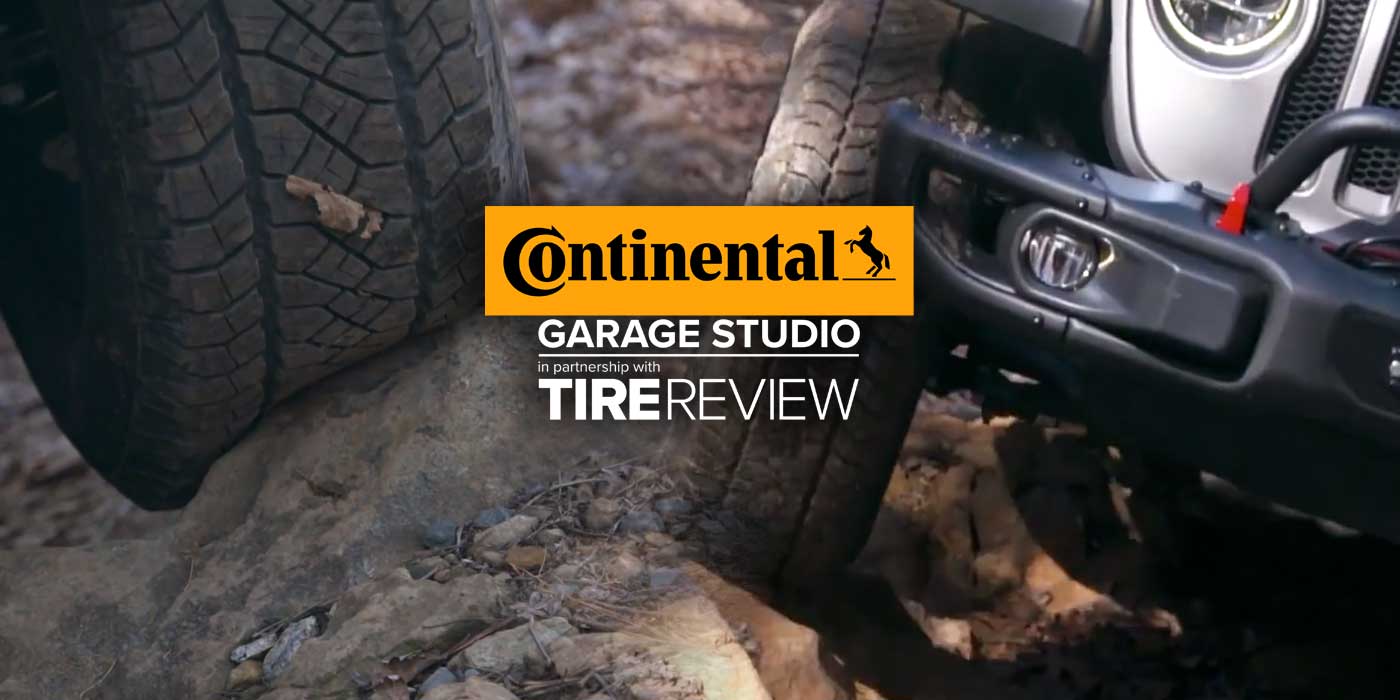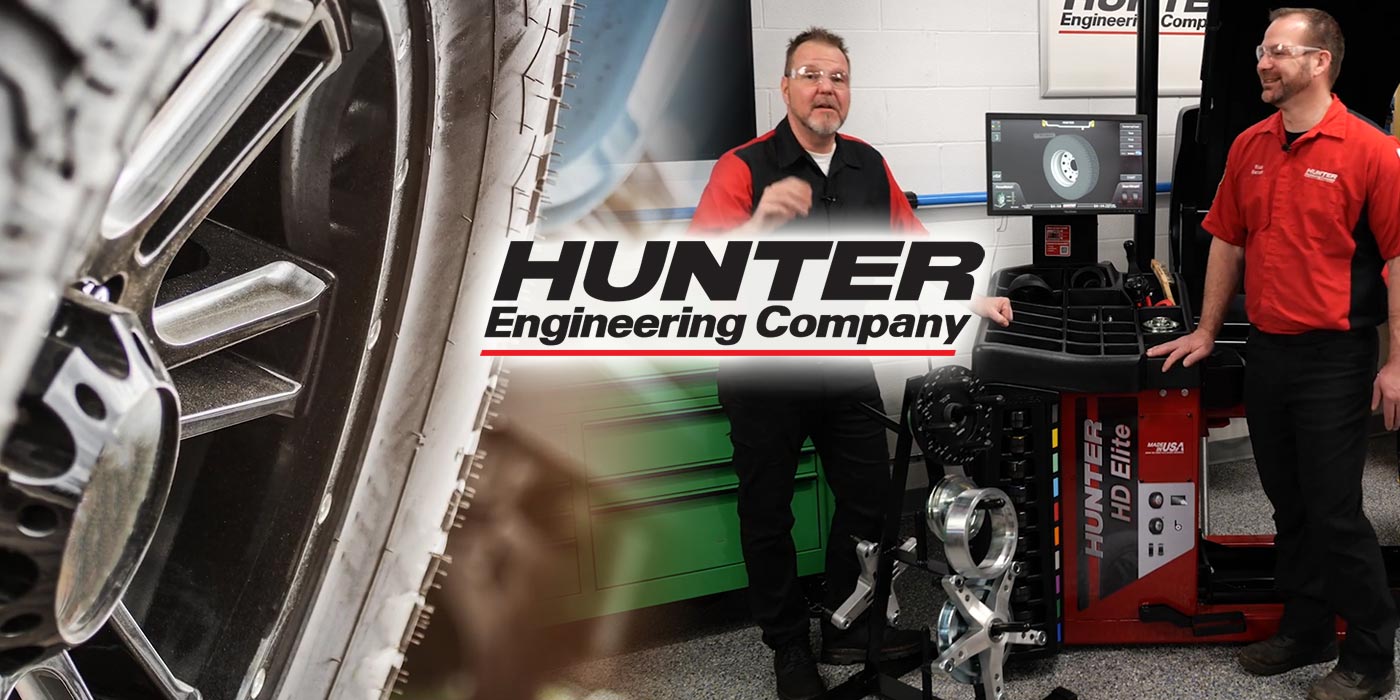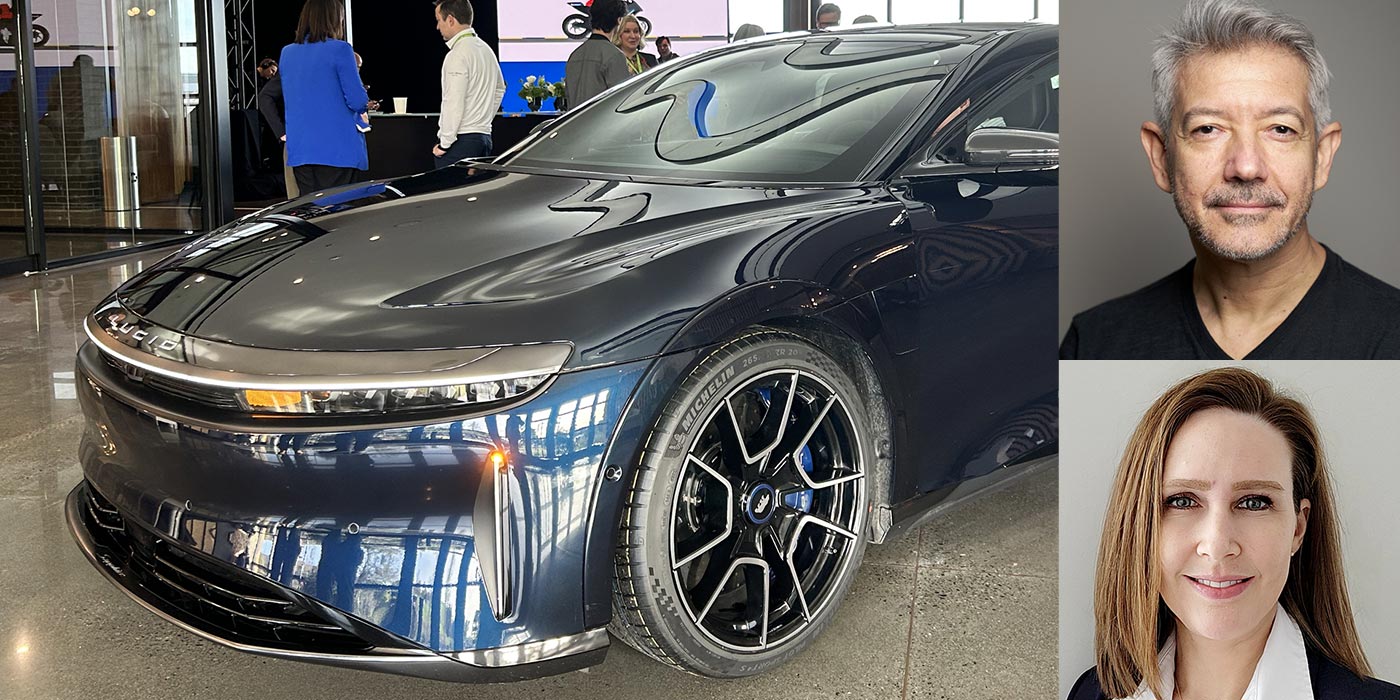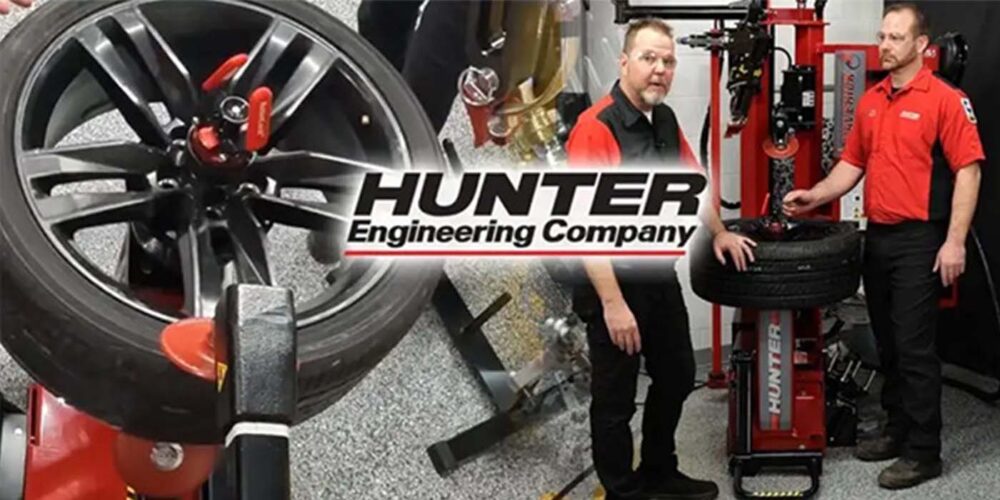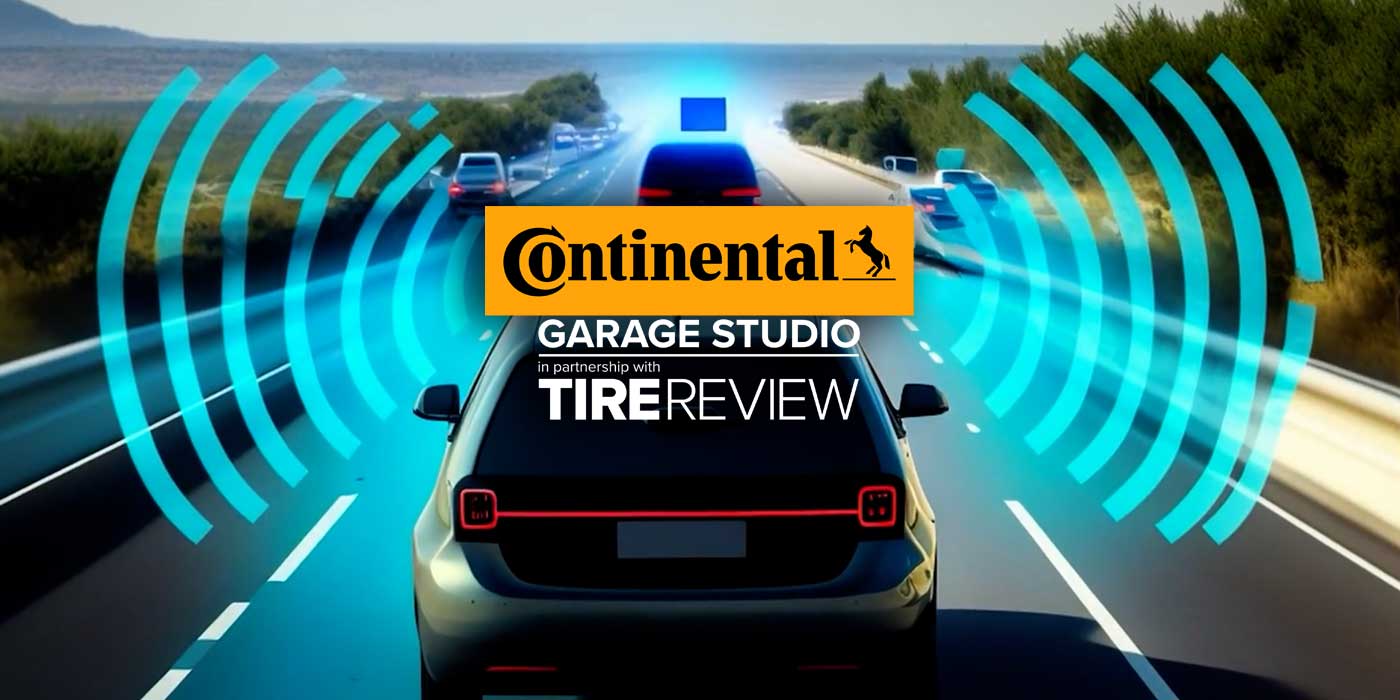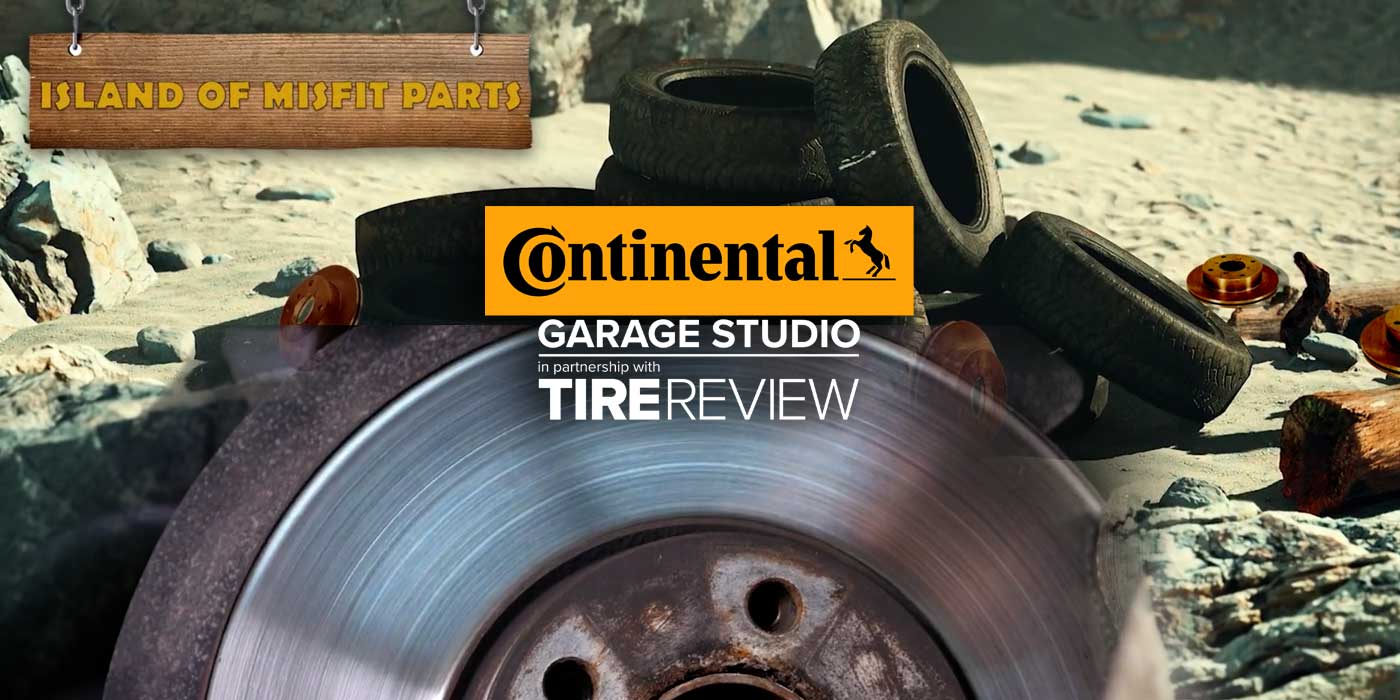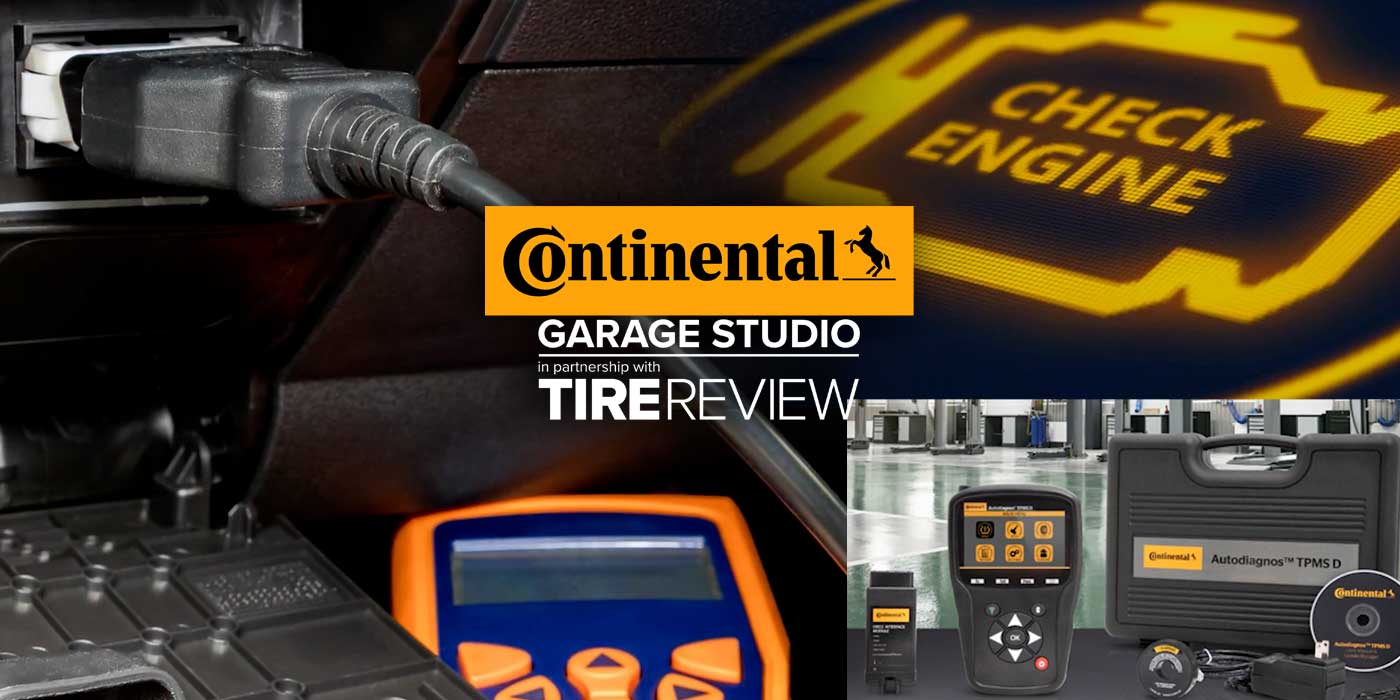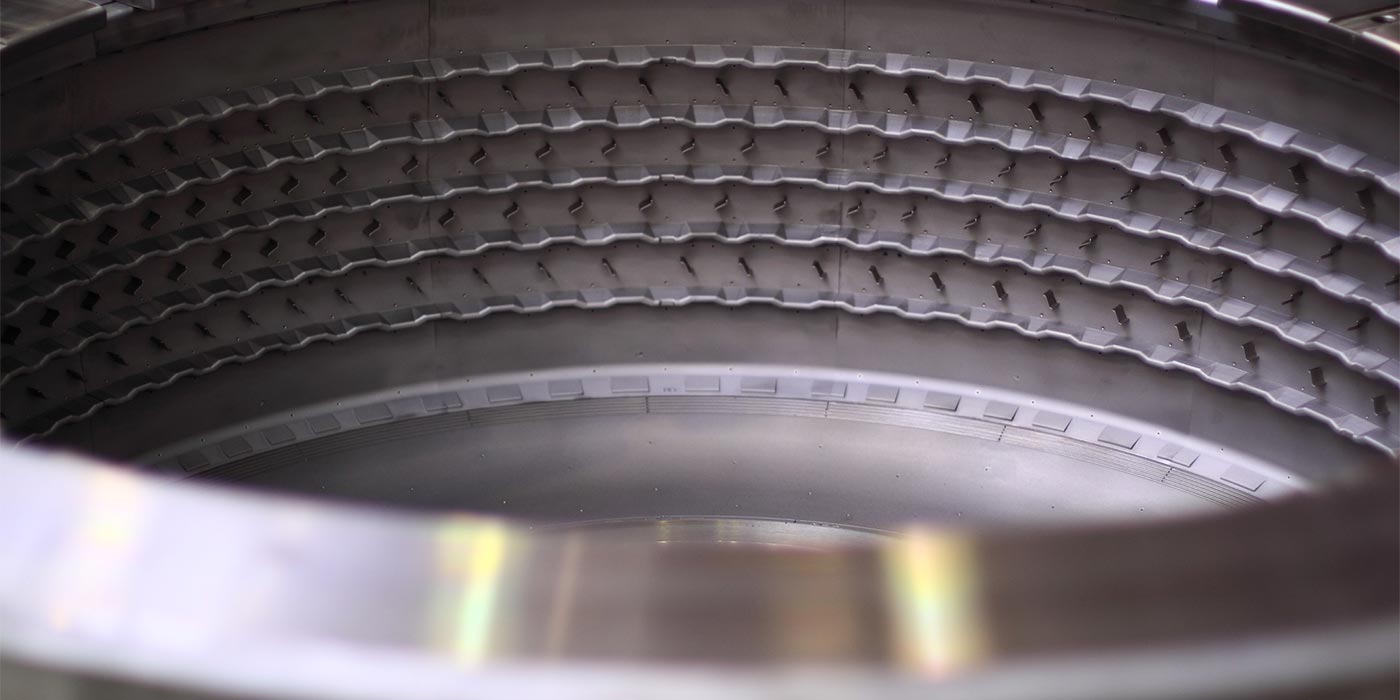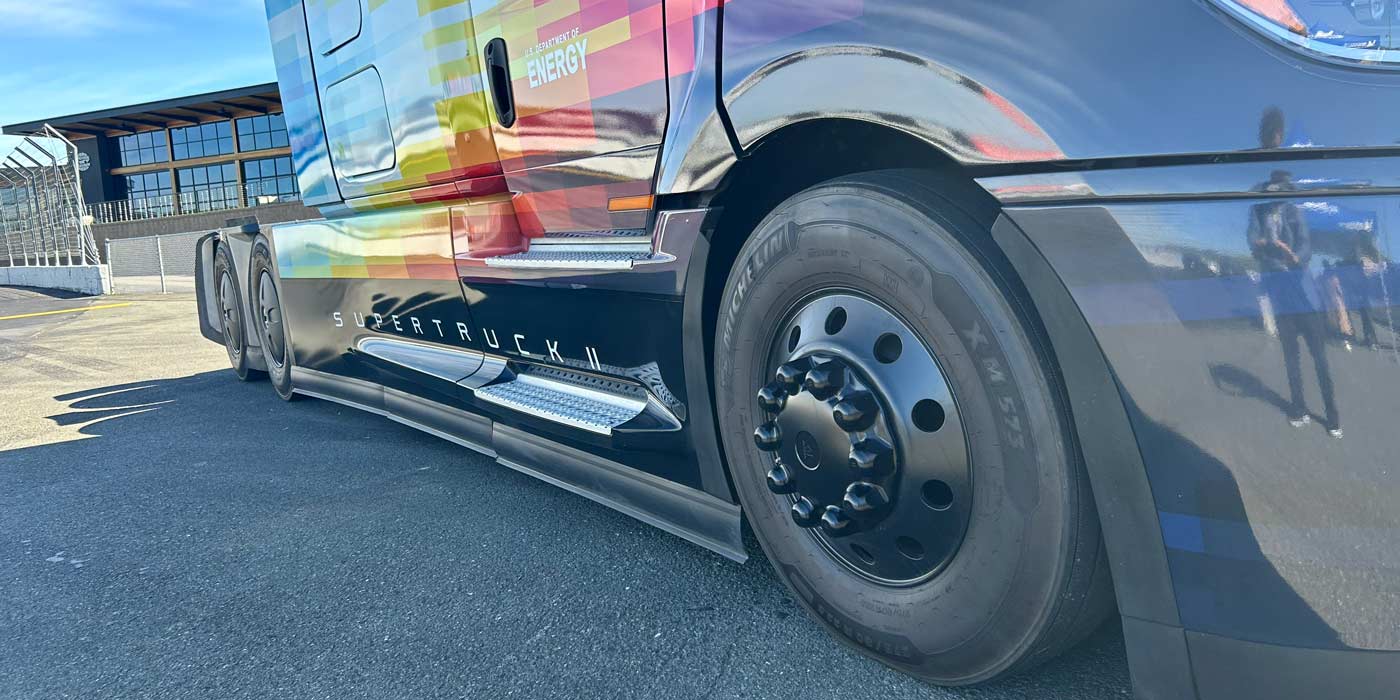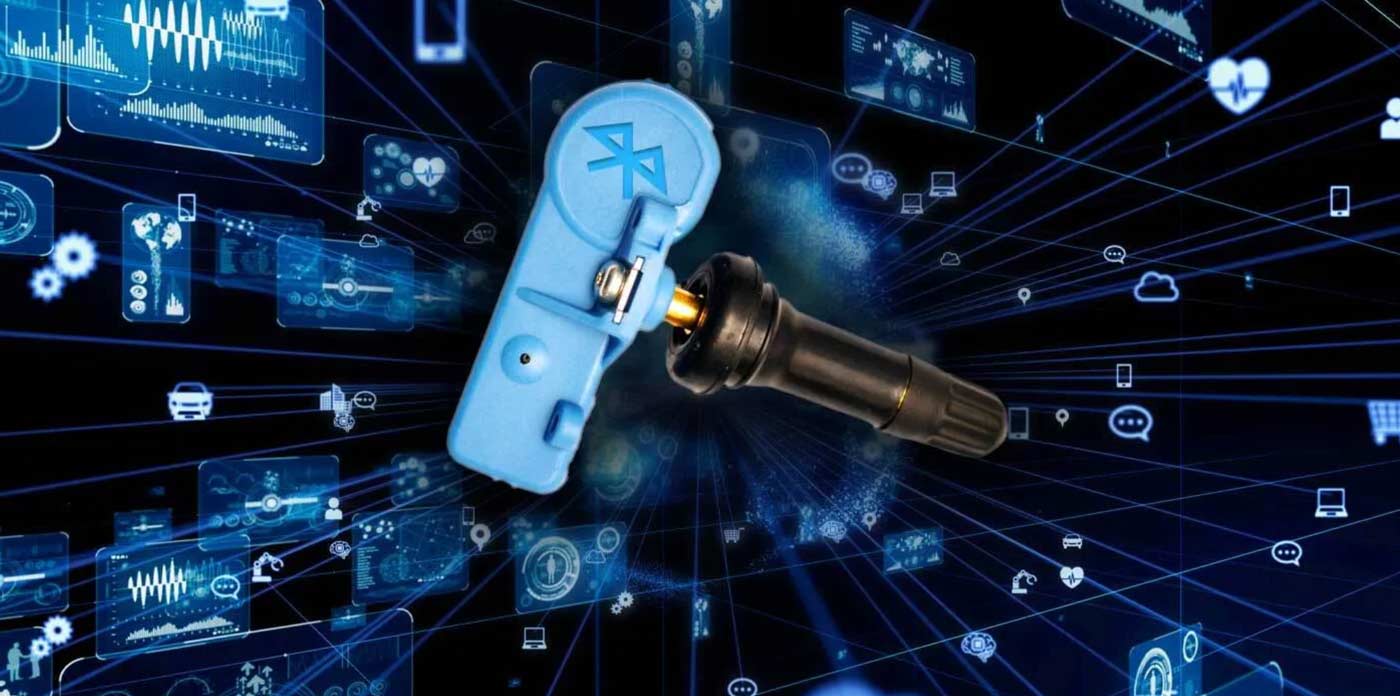Brake noise is one of the most controversial topics in brake repair. Where the noise is coming from and determining the right way to fix something may be complicated. However, the root cause is simple – all that squeaking, chirping and groaning originates at the contact point between the pad and rotor. Let’s talk about why understanding brake noise is key to preventing brake-related comebacks in this Tire Review Continental Tire Garage Studio video.
To understand where brake noise comes from, it’s essential to grasp the mechanics of brake noise. It starts with something called force-coupled excitation. When the friction material makes contact with the rotor, it causes both components to vibrate. These vibrations can be influenced by variations in brake torque, which can lead to the creation of hot spots on the rotor, generating friction coupling and, you guessed it, brake noise.
But, how do we tackle this noise issue? The key lies in controlling vibrations at the pad and rotor interface. First, selecting a friction material that maintains consistent friction across various environmental conditions like temperature can significantly reduce noise.
Additionally, some friction materials leave behind a layer of material on the rotor’s surface, often referred to as a transfer film or “seasoning.” This layer can smooth out the rotor surface, further reducing excitation and noise.
The actual finish of the rotor is crucial to maintain and inspect. Rotor machining aims to provide a smooth surface finish for the pads. This finish is described in terms of micro-finish or “RA factor,” and is essential for transferring material for various types of friction materials.
What about brake pad noise, where does it come from? All brake pads must undergo a bed-in process with the rotor they’ll be used against to maximize brake performance. A bed-in process’ primary goal is to establish a proper mating surface and optimal frictional contact between the brake pads and the brake rotors, building up heat in both the rotors and the pad compound. The bed-in procedure is not about curing the pad but ensuring that there’s a smooth, even transfer film on the rotor. It’s essential to follow the manufacturer’s recommended procedures for bed-in processes.
Don’t forget to follow us on Instagram and Facebook and subscribe to our YouTube channel for more tire, service and shop operations videos.

